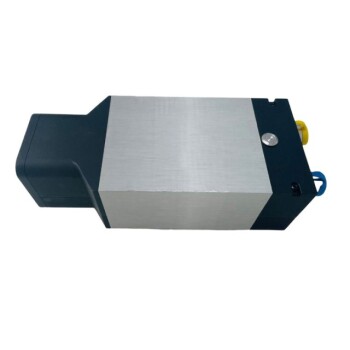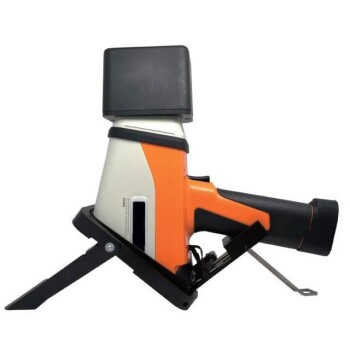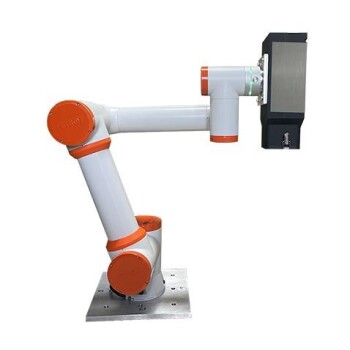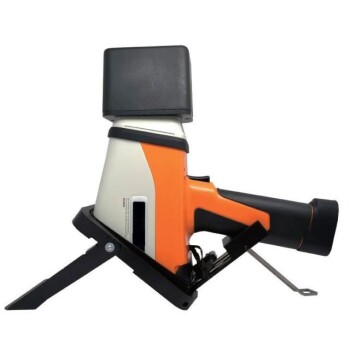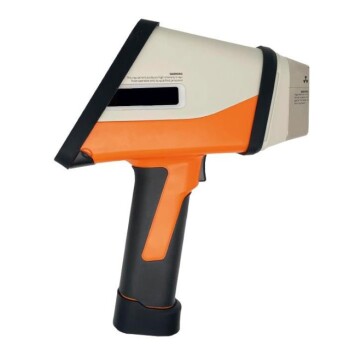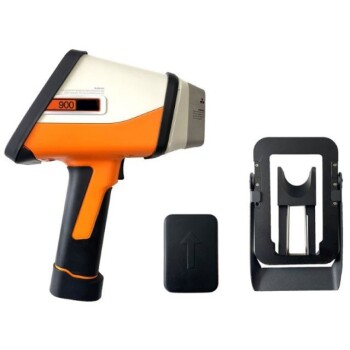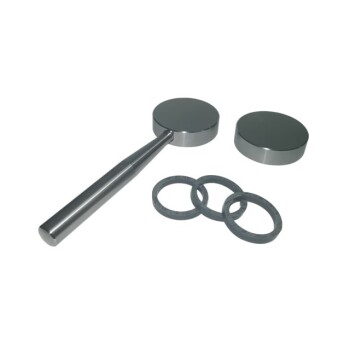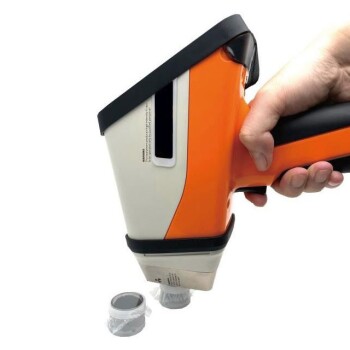X-ray Diffraction (XRD) and X-ray Fluorescence (XRF) are two analytical techniques used to study the composition and structure of materials, but they serve different purposes. XRD is primarily used to identify the crystalline phases and mineralogical composition of a sample, providing insights into the arrangement of atoms within a material. On the other hand, XRF is used to determine the elemental composition of a sample, identifying and quantifying the elements present without providing information about their structural arrangement or phases. Both techniques are widely used in fields such as geology, materials science, environmental science, and industrial quality control, but they complement each other by offering different types of information about a material.
Key Points Explained:

-
Purpose of XRD (X-ray Diffraction):
- Phase Identification: XRD is used to identify the crystalline phases present in a sample. It provides information about the arrangement of atoms within a material, which is crucial for understanding its mineralogical composition.
- Crystal Structure Analysis: XRD can determine the crystal structure of a material, including the lattice parameters and the orientation of crystallites. This is essential for materials science, geology, and pharmaceuticals, where the crystal structure can affect properties like strength, solubility, and reactivity.
- Quantitative Analysis: XRD can also quantify the amounts of different phases in a sample, which is useful in quality control and research where the proportion of different minerals or compounds needs to be known.
-
Purpose of XRF (X-ray Fluorescence):
- Elemental Composition: XRF is used to determine the elemental composition of a sample. It identifies and quantifies the elements present in a material, which is useful in fields like metallurgy, environmental science, and archaeology.
- Non-Destructive Testing: XRF is a non-destructive technique, meaning it does not alter the sample being analyzed. This makes it ideal for analyzing valuable or rare materials, such as archaeological artifacts or precious metals.
- Wide Range of Applications: XRF is used in various industries, including metal manufacturing, mining, environmental protection, and consumer product testing. It is particularly useful for quality control, where the elemental composition of a material must meet specific standards.
-
Complementary Nature of XRD and XRF:
- Combined Analysis: While XRD provides information about the crystalline phases and structure of a material, XRF provides details about its elemental composition. Together, these techniques offer a comprehensive understanding of a material's properties.
- Field Applications: Portable XRD and XRF devices allow for on-site analysis, making them valuable tools in field studies, such as geological exploration, environmental monitoring, and archaeological investigations.
-
Applications of XRD:
- Geology and Mining: XRD is used to identify and quantify minerals in rocks and ores, which is essential for mineral exploration and mining operations.
- Materials Science: In materials science, XRD is used to study the crystal structure of materials, which can influence their mechanical, electrical, and thermal properties.
- Pharmaceuticals: XRD is used to analyze the crystalline forms of drugs, which can affect their bioavailability and stability.
-
Applications of XRF:
- Metal Alloy Analysis: XRF is widely used in the metal industry for alloy identification and quality control. It helps ensure that metals meet the required chemical specifications.
- Environmental Monitoring: XRF is used to detect and quantify contaminants in soil, water, and air, making it a valuable tool for environmental protection and remediation.
- Consumer Product Testing: XRF is used to test consumer products for hazardous elements, such as lead in paint or cadmium in electronics, ensuring compliance with safety regulations like RoHS and WEEE.
-
Advantages of XRD and XRF:
- Accuracy and Precision: Both techniques offer high accuracy and precision in their respective analyses, making them reliable tools for research and industrial applications.
- Versatility: XRD and XRF can analyze a wide range of materials, from metals and minerals to biological samples and consumer products.
- Speed: Both techniques provide rapid results, which is crucial for quality control and field applications where quick decision-making is required.
In summary, XRD and XRF are powerful analytical techniques that serve different but complementary purposes. XRD is focused on identifying and quantifying crystalline phases and structures, while XRF is used to determine the elemental composition of a sample. Together, they provide a comprehensive understanding of a material's properties, making them indispensable tools in various scientific and industrial fields.
Summary Table:
| Technique | Purpose | Applications |
|---|---|---|
| XRD (X-ray Diffraction) | Identify crystalline phases, analyze crystal structure, quantify phases | Geology, materials science, pharmaceuticals |
| XRF (X-ray Fluorescence) | Determine elemental composition, non-destructive testing | Metallurgy, environmental monitoring, consumer product testing |
| Combined Use | Comprehensive material analysis | Field studies, quality control, research |
Need help choosing the right analytical technique for your material analysis? Contact our experts today!

